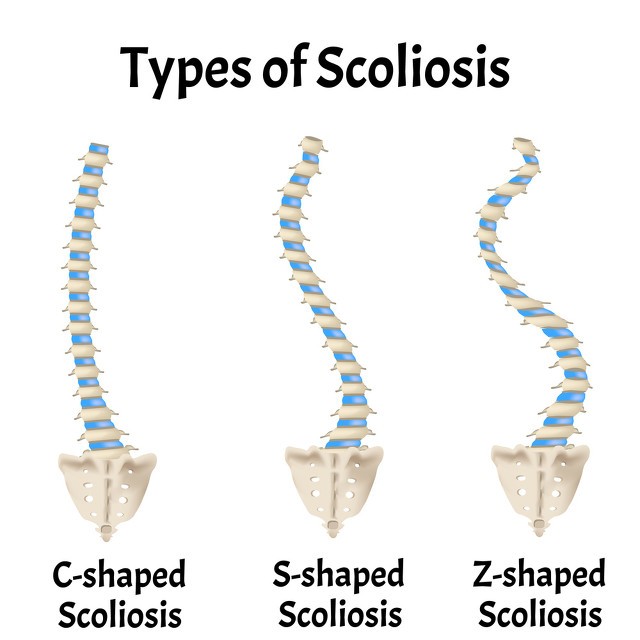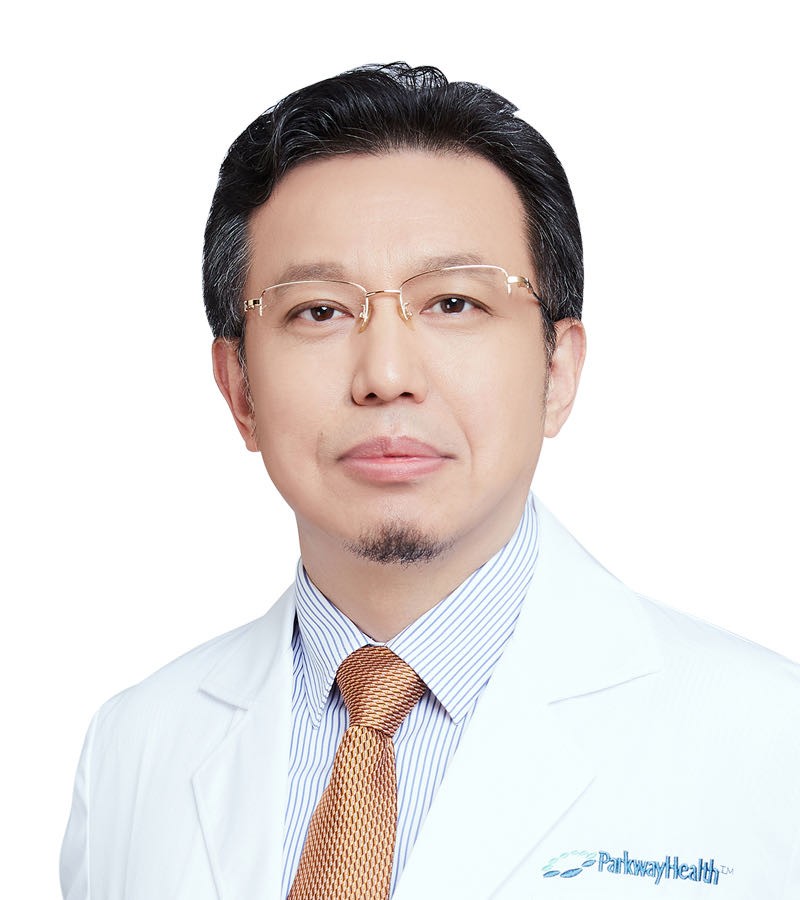
Scoliosis is when the spine has a sideways curvature, and it most frequently develops during adolescence. The lesser-known medical issue is more common than you think. About 3 million cases are diagnosed each year in the United States according to Johns Hopkins.
The primary age of onset for scoliosis is 10-15 years old. But luckily most cases of scoliosis are mild and only require check ups, though some curves worsen as children grow and their bones develop. It is good to catch scoliosis before kids hit their growth spurt, to prevent the spine’s curvature becoming more extreme.
It is important to monitor the spine’s development with regular doctor check ups as severe scoliosis can be disabling and lead to secondary health problems. For example, an especially severe spinal curve can reduce the amount of space within the chest, making it difficult for the lungs to function properly. Also scoliosis can cause chronic back pain in later life.

Causes of Spine Curvature
Many parents are concerned about scoliosis and rightly try to prevent it. But according to Johns Hopkins, the cause of scoliosis is not clear, and there isn’t anything that can be done to prevent the condition from developing.
Common culprits like heavy backpacks or poor posture can cause other spine and back problems, but they do not cause scoliosis, says Johns Hopkins. Instead idiopathic scoliosis, meaning when there is no direct cause to scoliosis, is sometimes hereditary, and is found more often in girls.
Management and Treatment
Adolescent idiopathic scoliosis is the most common type of scoliosis and is usually diagnosed during puberty. Depending on its severity and the age of the child, scoliosis is managed by close observation, bracing, or surgery.
Children who have mild scoliosis are monitored closely. Usually the doctor examines the child every four to six months throughout adolescence with X-rays to see if the curve is getting worse. In many cases, no special treatment is necessary; however, once the curvature gets worse, some children could need to wear a custom-made brace to stop the curve from worsening. Although, braces are only effective in patients who have not reached skeletal maturity. Some cases of severe curvature may need surgery to straighten curves.

Look out for these signs and symptoms of scoliosis:
• Uneven shoulders
• One shoulder blade that appears more prominent than the other
• Uneven waist
• One hip higher than the other
• One side of the rib cage jutting forward
• A prominence on one side of the back when bending forward

When there is a confirmed diagnosis of scoliosis, there are several issues to assess. Doctors will look at the age of the patient and the bone maturity. They will also look at the location of where the curve is on the spine. Curves in the thoracic region are more likely to progress in severity. Doctors will also look at secondary problems caused by scoliosis such as uneven length of legs, an unbalanced pelvis, or flat feet.
When to See a Doctor
Go to your doctor if you notice signs of scoliosis in your child. Especially if the parents know that they also have scoliosis because scoliosis can be genetic. Mild curves can develop without you or your child knowing it because they appear gradually and usually don’t cause pain. Occasionally, teachers, friends and sports teammates are the first to notice a child’s scoliosis.
When there is a confirmed diagnosis of scoliosis, there are several issues to assess. Doctors will look at the age of the patient and the bone maturity. They will also look at the location of where the curve is on the spine. Curves in the thoracic region are more likely to progress in severity. Doctors will also look at secondary problems caused by scoliosis such as uneven length of legs, an unbalanced pelvis, or flat feet.

Dr David Jiang
Parkway Orthopedics and Sports Medicine Surgeon
Dr Jiang has over 25 years of clinical experience including specialization in ankle and hand disorders, and spinal pain management.
Parkway
Website: parkwaypantai.cn
Tel: 400 819 6622